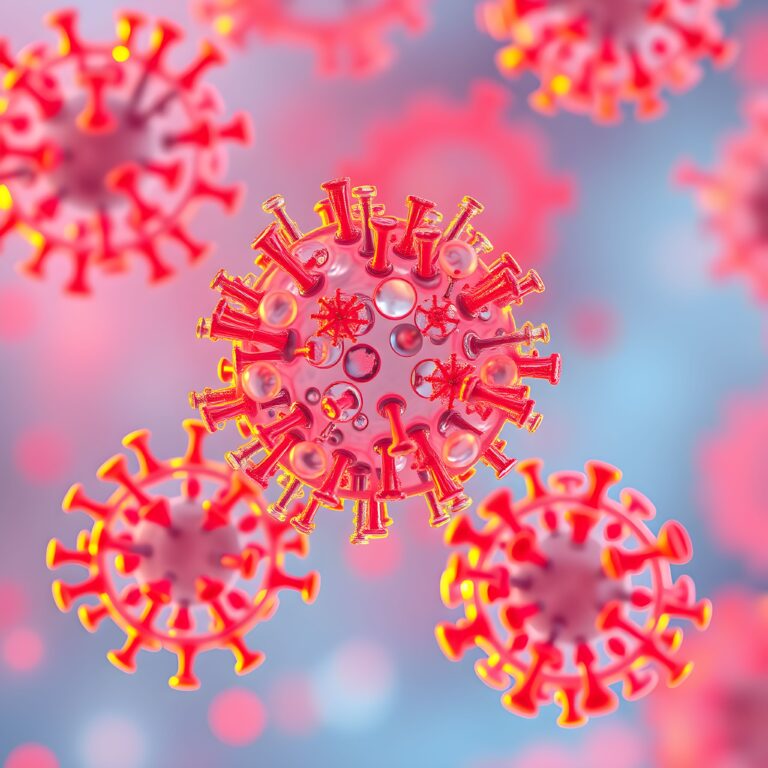In recent years, Washington has made notable strides to address the rising opioid crisis that has permeated its communities. Among the state’s critical responses is the enhanced distribution of naloxone, a life-saving medication known for reversing opioid overdoses. Yet, as the state works to widen access to this crucial tool, many wonder, “Is it enough?”
Naloxone: A Lifeline in the Opioid Crisis
Naloxone, also known by its brand name Narcan, is a proven antidote for opioid overdoses. By blocking the effects of opioids in the brain, naloxone can swiftly restore normal respiration to a person whose breathing has slowed or stopped due to an overdose. Consequently, equipping communities with naloxone kits and training on their use has become a vital part of harm reduction strategies nationwide.
Washington’s Proactive Stance on Naloxone Distribution
Recognizing naloxone’s significance in combating the opioid crisis, Washington has spearheaded efforts to increase its distribution. Legislation has been passed to make naloxone more accessible, and funding has been channeled into educational initiatives to ensure the public understands how to use this overdose antidote effectively. Programs such as the Statewide Standing Order for Naloxone have enabled pharmacies to dispense naloxone without individual prescriptions, thereby increasing its accessibility.
Moreover, various local health departments and community-based organizations have embraced mobile naloxone distribution models to reach populations most affected by the opioid crisis. This proactive approach seems to have positive impacts, with many lives saved and a heightened community awareness of overdose prevention.
Is It Enough?
While Washington’s actions to broaden naloxone access represent a commendable commitment, the question remains: Is it enough? Addressing the opioid crisis requires a holistic approach, acknowledging the complexity and multifaceted nature of substance misuse.
Alongside overdose reversal, preventive measures, such as providing better access to substance misuse treatment and mental health services, are necessary. It’s equally important to tackle the underlying social determinants of health, including poverty, homelessness, and lack of education, that often contribute to drug misuse.
Moreover, there’s a need for continual public awareness and destigmatization of substance misuse. This helps encourage those struggling with addiction to seek help without fear of judgment or discrimination.












